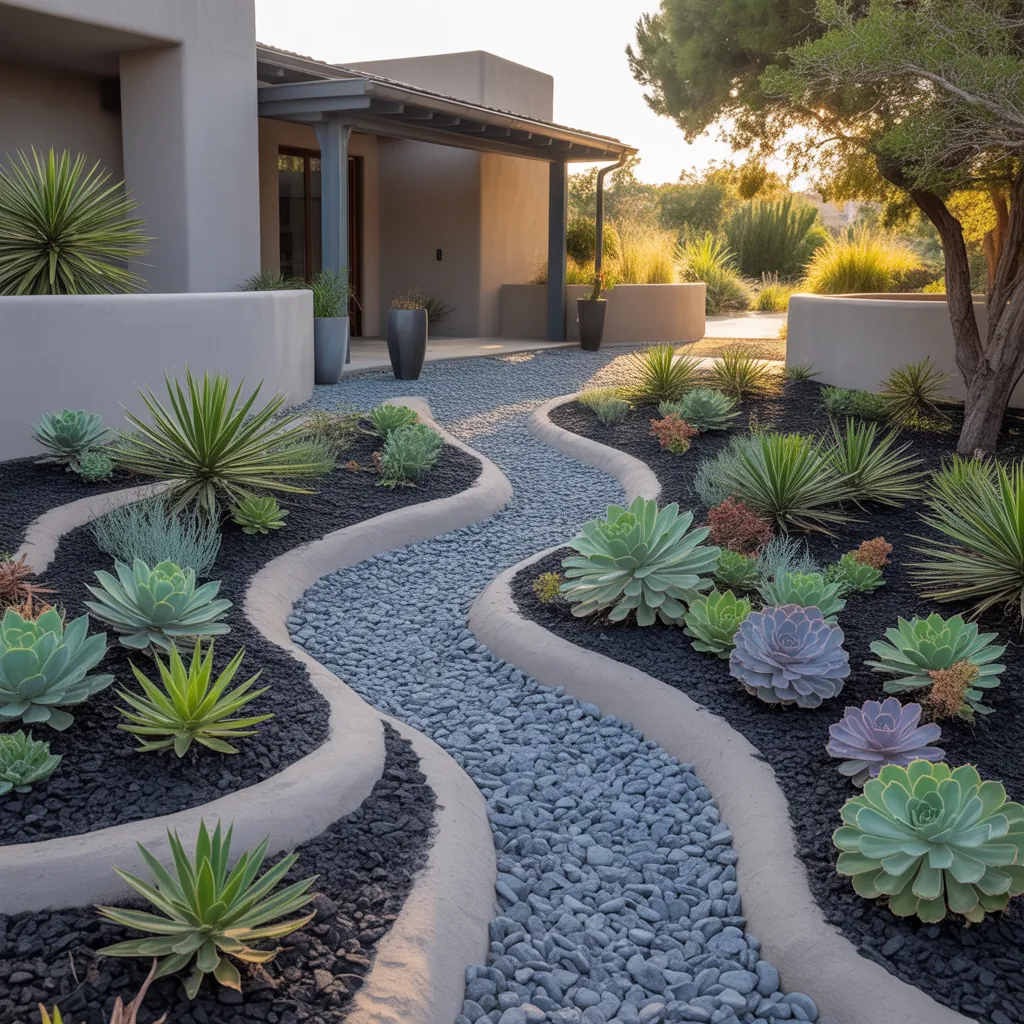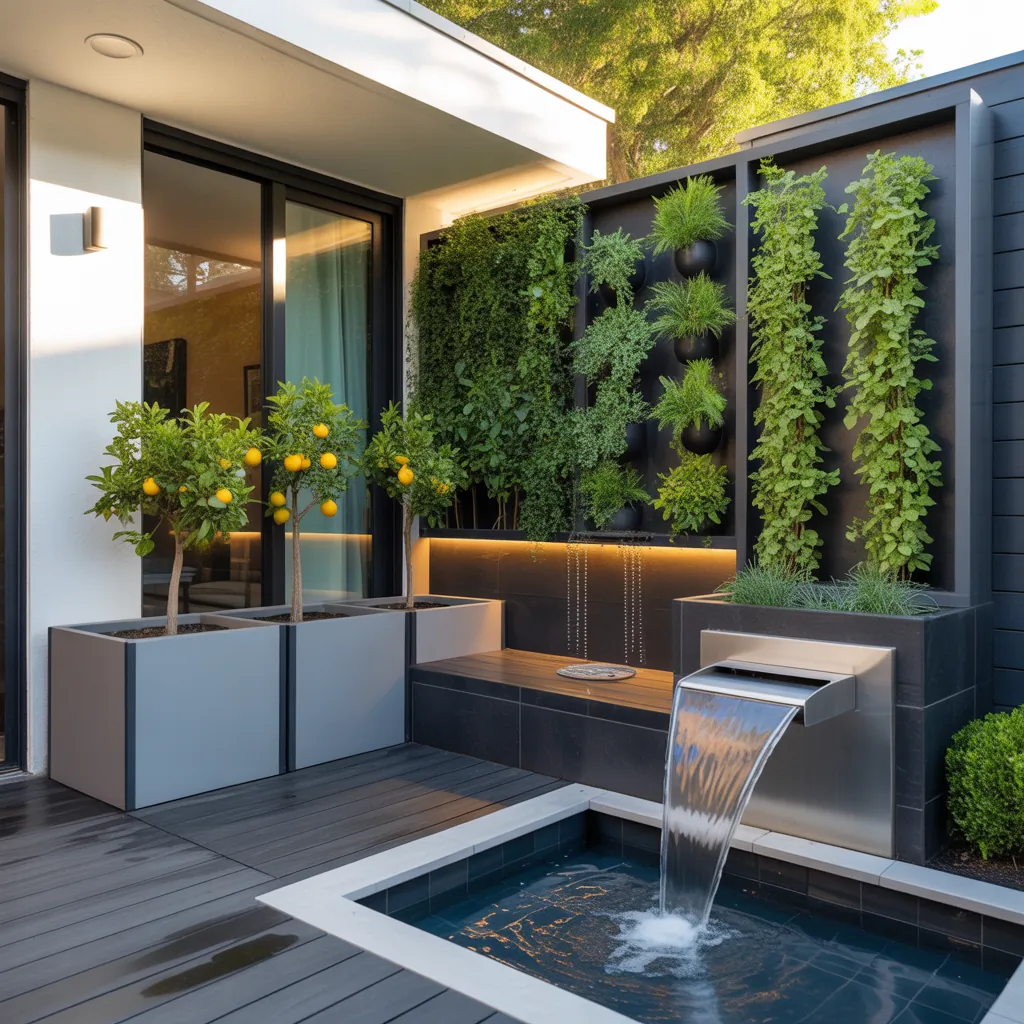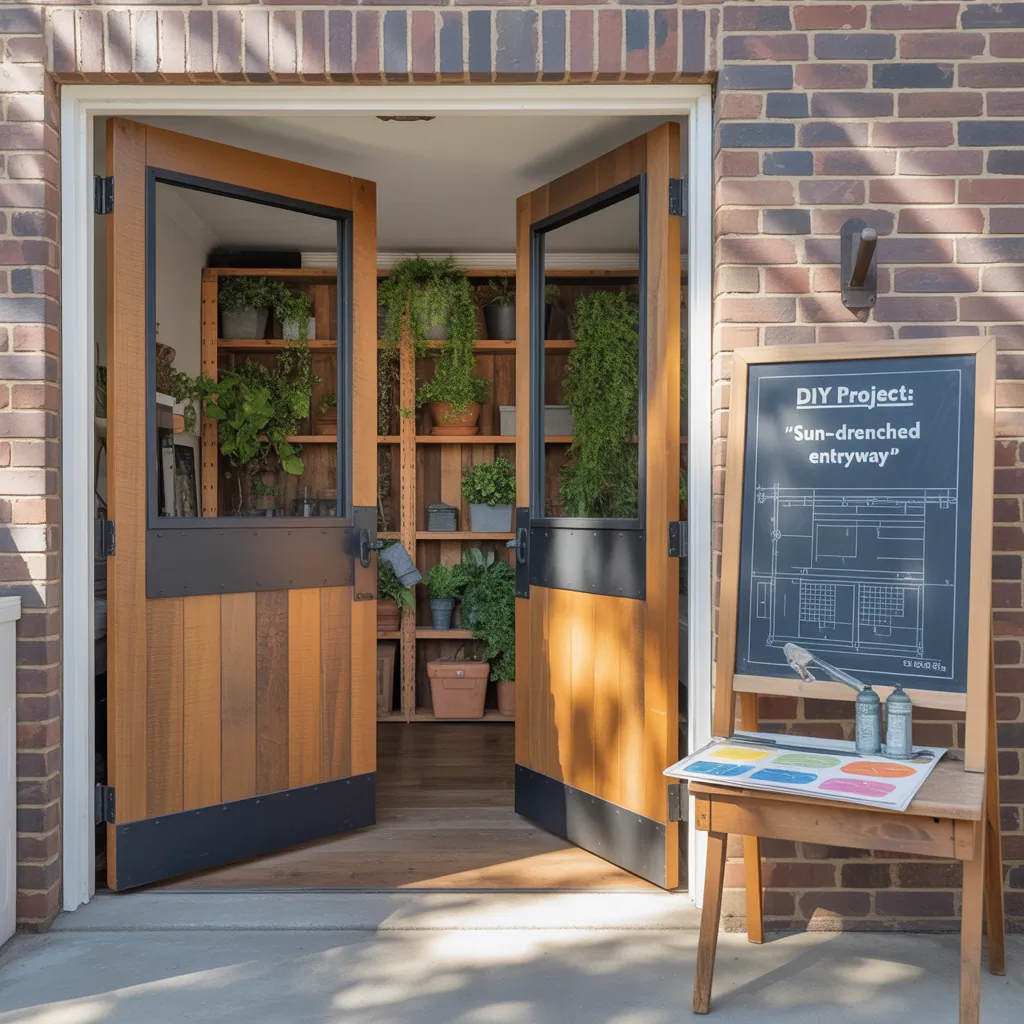Are you tired of spending every weekend mowing, watering, and weeding just to keep your yard looking decent? Imagine a front yard that looks thoughtfully designed year-round, uses far less water, and gives you back your weekends. If that sounds like a dream, a xeriscape low maintenance front yard might be the perfect DIY home improvement project for you.
Why choose a xeriscape low maintenance front yard?
Xeriscaping is the art of creating beautiful landscapes that require minimal irrigation and upkeep. For busy homeowners, it’s an attractive combination of sustainable landscaping, curb appeal, and long-term savings on water and maintenance. By using drought-tolerant plants, smart hardscaping, and efficient irrigation, you’ll cut costs and enjoy a resilient, low-water garden that thrives even in dry seasons.
Benefits at a glance
- Lower water bills and reduced irrigation needs
- Less weekly maintenance — more free time
- Environmentally friendly: supports local ecosystems and reduces runoff
- Modern, clean curb appeal that complements many architectural styles
Plan first: site assessment and design concepts
Start with an honest site assessment. How much sun does your front yard get? What’s the slope and drainage like? Are there existing plants or trees you want to keep? A simple sketch of your property with sun exposures and soil notes will guide your plant selection and layout.
Design ideas to inspire you
- Gravel and decomposed granite pathways with stepping stones for a modern look
- Large boulders and dry creek beds to control runoff and add texture
- Groupings of succulents, agave, and ornamental grasses for low-water color
- Native shrubs and flowering perennials to attract pollinators and reduce maintenance
DIY step-by-step: Install a xeriscape low maintenance front yard
This practical sequence will help you convert a thirsty lawn into a drought-tolerant outdoor space.
Materials and tools you’ll need
- Weed barrier fabric, landscape fabric pins
- Mulch (inorganic rock mulch or organic shredded mulch), decomposed granite
- Drought-tolerant plants (succulents, native grasses, shrubs)
- Drip irrigation kit and timer
- Shovel, rake, wheelbarrow, hand trowel, pruning shears
Installation steps
- Remove existing lawn or unwanted plants. For small areas, use a sod cutter or sheet mulching with cardboard to suppress grass.
- Improve soil where planting by adding compost and adjusting drainage if needed — many xeric plants prefer well-draining soil.
- Lay out hardscape elements first: paths, rock beds, and boulders. Use a hose or string to mark curves before digging.
- Install a drip irrigation system; it’s efficient and reduces evaporation compared to sprinklers. Zone plants by water needs.
- Place plants in holes at the same depth as their nursery containers; group by water need and sun exposure.
- Cover planting areas with 2–3 inches of mulch or 1–2 inches of decorative gravel depending on plant preferences.
- Set your irrigation timer to deep, infrequent watering — then adjust based on plants’ response.
Plant palette: drought-tolerant favorites
Choose plants suited to your climate and soil. Native plants are often the best for low-maintenance, water-wise yards. Here are reliable options that work in many regions:
- Succulents: sedum, echeveria, agave
- Ornamental grasses: blue fescue, fountain grass
- Perennials and shrubs: lavender, rosemary, Russian sage, manzanita
- Groundcovers: creeping thyme, sedum, native clover for reduced mowing
Hardscaping and accents: balance texture and function
Hardscape elements reduce planting area (less maintenance) and add structure. Consider gravel beds, paved walkways, low retaining walls, and strategically placed boulders. Accents like outdoor lighting, a statement pot, or a simple bench give personality without adding upkeep.
Low-maintenance lighting tips
- Use solar path lights or low-voltage LED fixtures that require minimal wiring and little maintenance.
- Place lights at entry points and along walkways to improve safety and highlight textures.
Maintenance routine: keep it minimal but smart
A xeriscape front yard isn’t zero-maintenance — it’s smarter maintenance:
- Seasonal pruning and replacing a few plants each year keeps the design fresh.
- Check drip irrigation lines twice a year for clogs and adjust watering with seasonal changes.
- Top up mulch or gravel as needed to suppress weeds and retain soil moisture.
- Spot-weed rather than using broad herbicides to protect beneficial plants and pollinators.
Design inspiration: styles that work with xeriscaping
Xeriscape principles adapt to many aesthetics:
- Modern minimal: monochrome gravel, architectural succulents, clean lines
- Mediterranean: lavender, rosemary, terracotta pots, warm gravel
- Desert natural: boulders, native cacti, dry creek beds
- Cottage-meets-dry: drought-tolerant perennials in clustered beds with decomposed granite paths
Budgeting and cost-saving tips
Turn this into a cost-effective DIY:
- Phase the project over seasons: start with hardscaping and essential plantings, add accents later.
- Use inexpensive groundcovers and divide perennials to create new plants for free.
- Shop local plant sales for native species or join plant swaps to save on specialty plants.
Frequently Asked Questions
1. How much water can I realistically save with a xeriscape yard?
It depends on your previous landscape, climate, and plant choices, but many homeowners report cutting outdoor water use by 30–70% by switching to drought-tolerant plants, efficient irrigation, and mulching.
2. Will a xeriscape front yard reduce curb appeal?
No — when designed well, xeriscaping can increase curb appeal. Thoughtful plant groupings, clean hardscaping, and seasonal color from perennials create a polished, modern look that often enhances property value.
3. Can I convert my entire lawn to xeriscaping on my own?
Yes. Many homeowners successfully convert lawns using DIY methods like sheet mulching or sod removal. Start small (a front border or pathway) if you’re unsure, and expand as you gain confidence.
Get started: your next steps
Ready to reclaim your weekends and create a beautiful, drought-tolerant landscape? Sketch your front yard, list sun exposures, and pick 3–5 drought-tolerant plants to begin. If you want project ideas and step-by-step inspiration, check out our DIY projects and explore more home design ideas. If you’re tackling other areas of your house, see our tips on kitchen upgrades for more practical home improvement projects.
Conclusion
Transforming your property into a xeriscape low maintenance front yard delivers long-term savings, environmental benefits, and a striking front-of-house aesthetic — all without constant upkeep. Take the first step this weekend: draw your plan, pick drought-tolerant plants, and start a small area. Your future self (and your water bill) will thank you. Ready to try it? Share your plan or questions below and start your DIY landscaping journey today!



